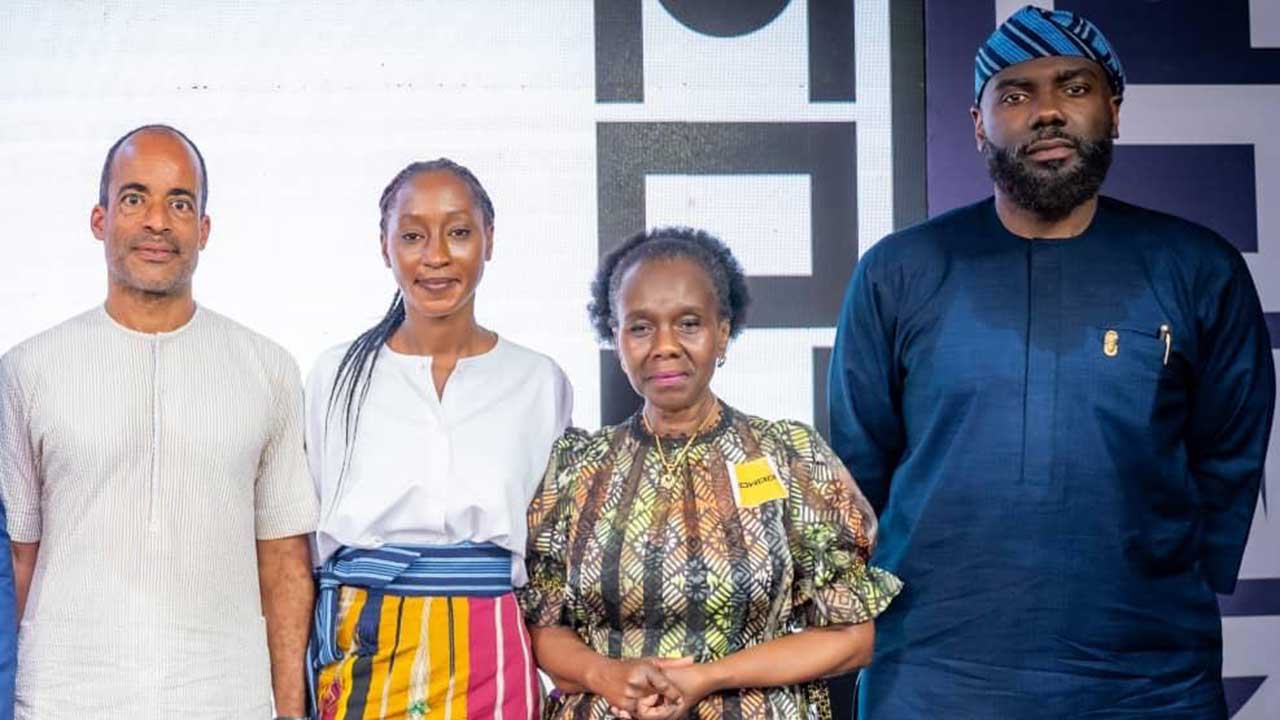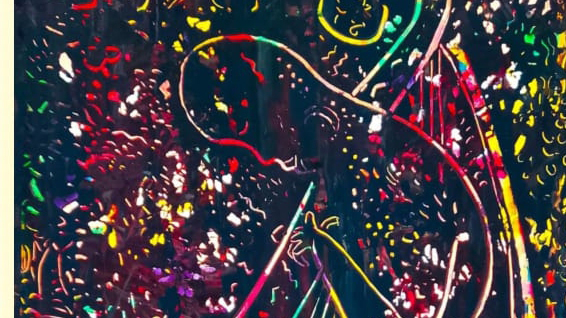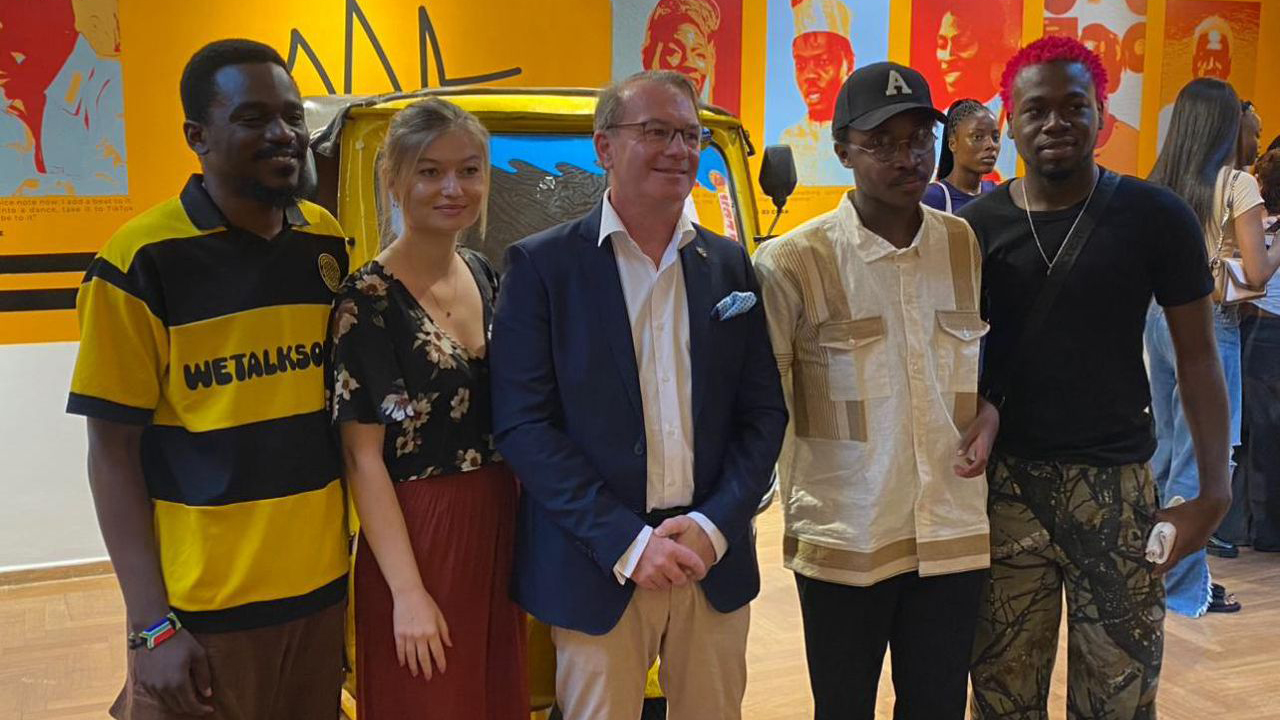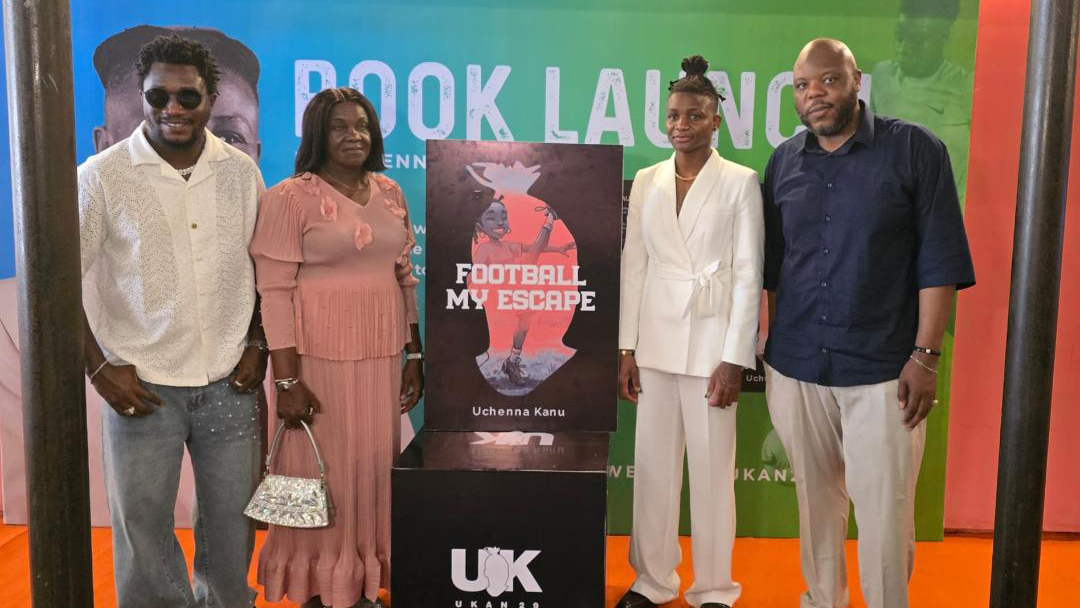
Recently, it hosted a two-day event aimed at sparking critical conversations about the future of museum practice in West Africa. This event brought together MOWAA’s current donors and partners, which include the National Commission for Museums and Monuments (NCMM), the German Foreign Office, US-based Mellon Foundation and others.
Guests had opportunity to engage in conversation with thought leaders such as Professors of Art & Archaeology and African American Studies at Princeton University, Prof. Chika Okeke-Agulu and Robert Schirmer, as well as Prof. Shadreck Chirikure (Edward Hall Professor of Archaeological Science and Director of the Research Laboratory for Archaeology and the History of Art at Oxford University), and other distinguished intellectuals and culture practitioners.
The discussions focused on defining a West African museum in the 21st century; the changing role of arts organisations in urban transformation and sustainable development; how archeological technologies might challenge misconceptions about Africa’s past and the significance of African leadership in cultural preservation and the ethics of restitution.
Aside from formal discussions, participants were also treated to tours of the MOWAA Campus and institute, participatory workshops on traditional pottery and rammed earth building and enthralling performances by local and international artists.
Speaking, the executive director, MOWAA, Philip Ihenacho, said the event was an opportunity to recognise those that have played key roles in bringing the institutes’ vision to life, as well as bring in new supporters who share their passion for reinventing African art and history. He explained that part of their aim is to support living artists and are currently focusing primarily on education and research.
He further revealed that the institute would also have a centre for archeological research and are partnering with universities that offer archeology to give students and researchers practical knowledge.
Aside from archeological research, the institute also has a state-of-the-art facility for conservation, public programmes, an atrium exhibition gallery with views into the collection study area, a 100-seat auditorium, conference rooms, conservation laboratories, a library, and an outdoor amphitheatre.
Director of the Institute, Ore Disu said their intention is for MOWAA to be grounded in a depth of knowledge. She said just as afrobeats and Nollywood artistes have put Nigeria on the global map, they aim to do this with arts through the institute.
“When we were thinking of designing this complex, we wanted to project a rethink of how we view Africa’s past. We started with the institute, including purpose-built exhibition facilities so we can host activities and attract local visitors and tourists. We’re also going to establish a centre for craftsmanship to revive artisanal craftsmanship and draw attention to those who have kept our traditional culture alive. We also want to preserve undocumented things like oral traditions by documenting and archiving them. If we don’t keep these things alive they will die off,” she said.
Lamenting the dearth of funding towards critical cultural and artistic research, Disu said Nigerian universities are grossly underfunded and the japa syndrome has further affected the research and knowledge space.
“We want to attract a global research audience to come here and work with us and ensure knowledge is retained here in Nigeria and Africa. We want to work with university research students, establish partnerships with national museums as well as local and international universities. We want people to see Benin as the epicentre of their careers and collaborate with us. With a key focus on research and education, MOWAA has the goal of empowering future generations of cultural stewards by developing African leadership in heritage studies and practices.”
Disu said community engagement initiatives have been ongoing over the past two years in support of their goal with programmes in field archaeology, conducted in partnership with NCMM, the British Museum and the University of Cambridge, that were joined by activities such as ‘Discovery Days’ for the public, with simulated digs and creative workshops.
“Going forward, there will be residency programmes for artists and curators, student fellowships and more. There will also be programmes to foster wider learning and public engagement that would be cultivated under the Institute’s Materials Research and Center for Field Archaeology. Without robust records and monuments, it can be difficult to visualise what Africa societies built, invented and achieved. No Akan, Yoruba or Edo person should ever doubt the sophistication of their ancestors,” she said.
Director-General, NCMM, Olugbile Holloway said, “the world is watching, and what we do here serves as a model for what we are capable of as Nigerians and Africans alike. I want everyone to know that NCMM has seen this, and it is a challenge for us. This has raised the bar, so anything we do at the federal level must match and tie into this vision.”
Consul General, Federal Republic of Germany, Weert Boerner, expressed excitement about the launch of the institutes’ inaugural exhibition next year. “On behalf of my government, we are proud to be a part of this project, through financial support from the German Foreign Office.”






